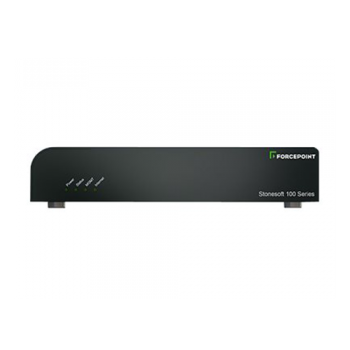

NGFW Engine scripts run when the NGFW Engine changes its state.Ĭommands to Virtual NGFW Engines are sent from the command line of the Master NGFW Engine that hosts the Virtual NGFW Engines. On the command line of the NGFW Engine, you can use the NGFW Configuration Wizard to change settings that were defined during the installation of the NGFW Engine. There are several ways you can connect to the NGFW Engine and access the NGFW Engine command line. Settings and options must be defined and configured on the command line. Nearly all engine configuration is done through the Management Client, but some engine Considerations for working on the NGFW Engine command line.On the engines are useful for troubleshooting and local maintenance operations. Working on the NGFW Engine command lineĪlthough the engines are managed remotely, some operations on the Linux command line.You can command and set options for Firewall engines, Layer 2 Firewall engines, IPSĮngines, Master NGFW Engines, Virtual Firewalls, Virtual IPS engines, and Virtual Layer 2 Firewalls through

You can command and set options for engines through the Management Client or on theĮngine command line. You can use the SMC to monitor system components and third-party devices. How the different SMC components should be positioned and deployed.Īfter deploying the SMC components, you are ready to start using the Management Client and carrying out Introduction to the Forcepoint Next Generation Firewall solutionīefore setting up Forcepoint Next Generation Firewall (Forcepoint NGFW), it is useful to know what the different components do and what engine roles areīefore you can set up the system and start configuring elements, you must consider.This online help was created for Forcepoint Next Generation Firewall (Forcepoint NGFW), version 6.11.0.


 0 kommentar(er)
0 kommentar(er)
